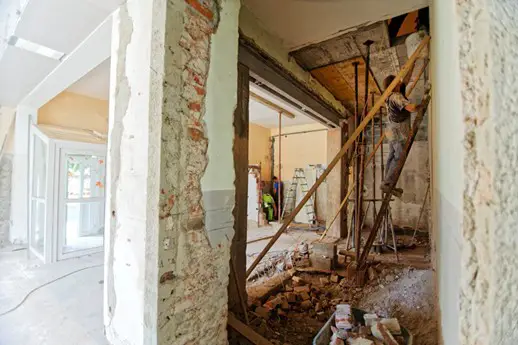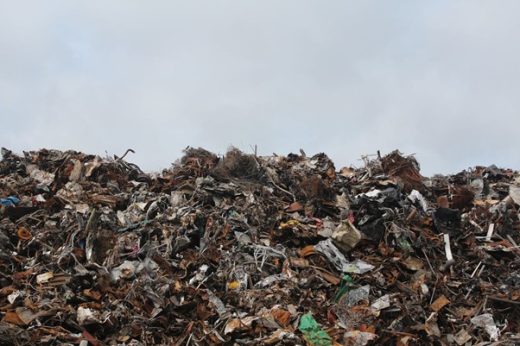How to efficiently manage waste after property work, Junk removal, Rubbish moving services guide
How to Efficiently Manage Waste After Architectural Projects
19 June 2024
After architectural projects, proper waste management is important for environmental preservation, regulatory compliance, and financial savings. These projects discard large amounts of concrete, metal, wood, and other materials that can sometimes be potentially dangerous, so managing it also reduces environmental impact and proves to be eco-friendly. So, here are some ways to efficiently manage waste after architectural projects.
Planning
Architects and constructors must have a well-defined plan before they even begin the project, and this plan should include all the waste management solutions. Also, there should be a list of possible waste materials, how much waste will be produced, and what are the strategies to reduce, reuse, and recycle that waste.
Material selection
Using eco-friendly and recyclable materials is the perfect choice to effectively manage construction waste. Builders should go with materials with lower environmental effects and a longer lifespan. Also, they should accurately measure how much material they need to avoid overordering and creating more unnecessary waste.
Hiring a skip
Hiring a skip helps to keep construction sites clean and safe, as they can better collect and dispose of enormous amounts of waste. They also make it easier to sort items, and this lessens recycling operations and pollution. So, if you’re wondering what can you put in a skip, the list goes on and on, including plastics, scrap metal, timber, rugs and upholsteries, construction debris, garden waste, household items, and many more. Skips are a perfect waste management choice, as they guarantee compliance with local waste disposal laws, so you will be more sustainable and responsible with this waste management strategy.
Recycling and reusing
These two options are among the most important waste management strategies. You should get in touch with nearby recycling centers so that you can be sure they will properly use all the items you want to get rid of. Metals, wood, and polymers can all be recycled, but you should also think about reusing certain items, as this will help lessen the environmental effect and need for new materials.
Waste-to-energy
The goal of this strategy is to generate energy from waste that cannot be recycled or reused. This will help minimize the amount of trash that ends up in landfills, and it will help produce more useful resources like heat and electricity. Of course, you should choose facilities that follow all applicable laws and regulations and are doing their best to stay sustainable and eco-friendly.
Regular monitoring
Make sure you regularly monitor and evaluate waste management procedures to stay on top of the task. You should monitor the project’s waste production, sorting, and disposal. This will lead to effective and controlled waste management that follows all rules and regulations and cares about the environment. Based on the data you get, you can always make certain changes that will further improve these operations.
Efficient waste management after huge architectural projects involve planning, material selection, hiring skipping services, recycling and reusing materials, and converting waste to energy. Also, with regular monitoring, you can be sure you are following legal and ethical requirements and not putting anyone at risk.
Comments on this guide to how to efficiently manage waste after architectural project article are welcome.
Building Waste / Rubbish
Property Rubbish Removal
Handy tips for rubbish removal in DIY projects

Rubbish Removal Tips Before and After Renovation

Get Rid of all Extra Junk in Your House
Building Articles
Residential Architecture
Comments / photos for the How to Efficiently Manage Waste After Architectural Projects page welcome







